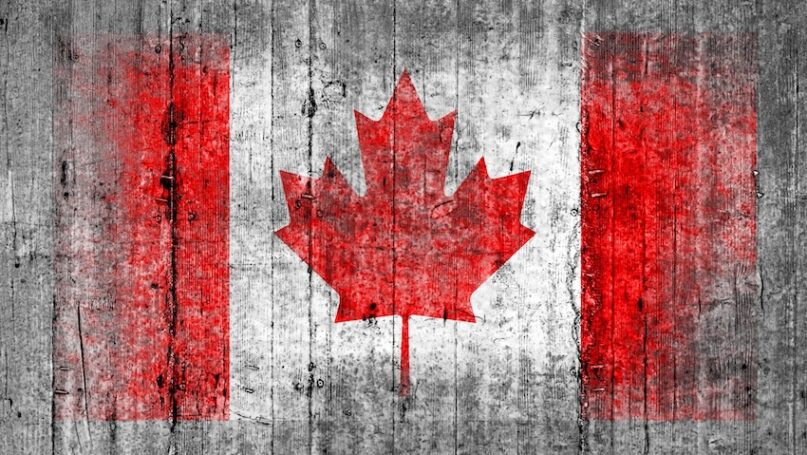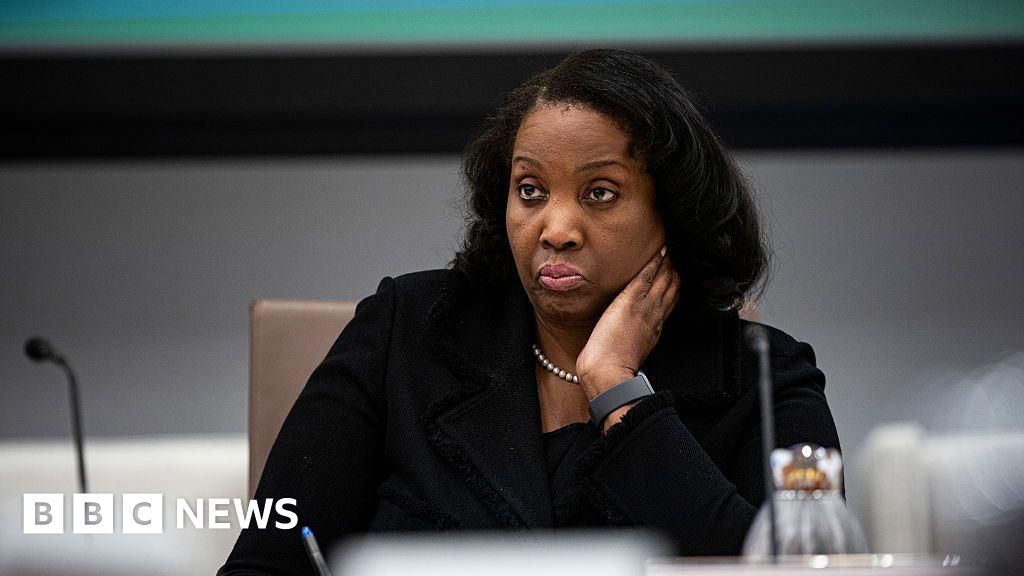
Bennian / Depositphotos
Multiculturalism was first introduced into Canadian governance by Pierre Elliott Trudeau in 1971 to manage the rise of Quebec nationalism. Previously, the Quiet Revolution invoked high levels of dissatisfaction from Canadian francophones despite the implementation of The Official Languages Act which promised francophones official language status and accessible public services. Multiculturalism was initially introduced as “a policy of multiculturalism, with a bilingual framework.” The policy acknowledged that Canadians come from a wide range of backgrounds, with different identities, languages, and lifestyle preferences. The 1971 federal proposal on multiculturalism resulted in some modest financial assistance towards ethnocultural programs by promoting cultural heritage programs across Canada. Efforts remained superficial until the 1980s, when immigration restrictions relaxed to retain foreign labour. With the arrival of immigrants from Asia, the Middle East, and the Global South, Canadian society became heterogeneous with an infinite number of cultures and ethnic origins. Following this,The Canadian Multiculturalism Act was implemented in 1988 and reflected the federal government’s commitment to accommodate, recognize and maintain the growing cultural diversity in Canada. The Canadian Multiculturalism Act framed multiculturalism as a “positive force” that led to the creation of the Department of Multiculturalism and Citizenship which sought to enhance the integration of newcomers by addressing societal inequalities and barriers that prohibited naturalization. This legislation aimed to encourage cultural exchange among diverse groups, increase electoral participation among minority cultural groups, establish a national unity campaign to bring Canada together after years of tumultuous conflict (i.e., French and English duality, World Wars, the Great Depression, etc,.) and uphold the cultural freedoms of all Canadians set out by the Canadian Charter of Rights and Freedoms. Despite its intent to promote national unity, diversity and tolerance, multicultural policy outcomes inadvertently contain diversity for marginalized social groups—including the regional and social autonomy for Francophones, Indigenous people, and immigrants.
While multiculturalism was implemented to protect cultural diversity, facilitate cohesion, and prevent discrimination, it failed to account for some of the jurisdictional aspirations of the francophones. Jurisdictional “claims sometimes include, but cannot be reduced to, protecting their cultural values and practices.” Jurisdictional aspirations include land claims and cultural sovereignty which are overlooked by Canadian multiculturalism. In Quebec’s case, efforts to foster unity through bilingualism, multiculturalism, and constitutional protections of rights went unfulfilled as tensions persisted in Canada. Although multiculturalism implanted a new Canadian identity, it concurrently destroyed the government’s willingness to recognize Quebec as a distinct society. Trudeau’s proposal of multiculturalism (alongside with the implementation of the Charter) violated the basic view of Canada for francophones, known as the double compact theory. Political leader Henri Bourassa defined the double compact theory as the “political and national compact” between Canada’s two founding colonies, the English, and the French. The double compact theory imagines citizenship and belonging through equal integration, cooperation, prioritization, and mutual recognition between Canada’s two largest colonial occupants. Trudeau viewed Quebec nationalism as morally problematic and preferred that francophones adopt a pan-Canadian identity, integrating into the growing diversity. Trudeau placed Quebec sovereignty as an afterthought as multicultural laws and policies combined official status for the two languages (English and French) with equal status for an infinite number of cultures. Many francophones considered multiculturalism as a direct denial of their belonging in Canada since it was antithetical to the double compact theory and diminished Quebec’s bargaining power amidst the expansion of other social interest groups. Contemporary francophones are still ideologically and politically wedded to the double compact theory as the contestation and the avoidance of the pan-Canadian identity heightens further.
Multiculturalism has helped Canadians in many ways by providing greater policy programming to support cultural heritage, it has failed to reduce ethnic tensions between different social groups. Indigenous people’s response to multiculturalism explicitly rejects both the normative and procedural objectives of multiculturalism as, in their view, multiculturalism only benefits the immigrants of Canada post-colonization. Multicultural laws and policies often ignore Indigenous interests, overlooking the history of European invasion, colonization, and the subjugation of Indigenous lands. Guarantees for cohesion, equality and policy responses sweep Indigenous people’s assertion of recognition, rights, and reconciliation under the rug as, by and large, multicultural laws and policies have been ineffective in shaping the belonging of Indigenous people in Canada. The most evident example is the Charter’s legal recognition of Indigenous rights through sections 25 and section 35 and how it is circumscribed by colonial politics and economic self-interest to maintain possession of Indigenous lands. The outcomes of Calder v British Columbia (AG), and Tsilhqot’in Nation v. British Columbia which sought to define the Aboriginal title on land ownership have been criticized by political scientists such as Do (2020), McCrossan and Ladner (2016) as an unjust infringement of Indigenous rights. The court’s interpretation of section 25 and section 35 of the Constitution allows the Crown significant discretion in Indigenous topics and may lead to an asymmetrical version of reconciliation between the Indigenous people and the Crown.
Canada’s immigration legislation dates back to the 1800s, initially characterized by light restrictions on border crossings. Immigration legislation followed public health and quarantine measures and was not subjected to any major prohibition. The early 1900s focused on attracting agricultural workers from Central and Eastern Europe. Non-preferred immigrant groups (South Asians and East Asians) were simultaneously included and excluded based on labour needs. With the expansion of immigration, multicultural demands were voiced to correct the exclusion of cultural minorities including immigrants from Asia, the Middle East, and South Africa. In its persistent scarcity of labour, multiculturalism was a way to conduct national mythmaking in Canada through the introduction of the Canadian way. The myth of the Canadian way provided social citizenship to everyone in Canada regardless of ethnocultural background and helped incentivize the inward migration of foreign labourers. Unbeknownst to newcomers, the government was not prepared to integrate added differences in Canadian society. Despite opening the doors to multiculturalism—law and policy outputs remained assimilationist and subjugated integration to cultural homogenization. Education curriculums (i.e., day schools…), resettlement programs (i.e., Chinese Head Tax, Continuous Journey Regulations, Third Country Agreement) and social assistance policies (i.e., workfare programs…) homogenized the cultures of immigrants rather than embracing their differences. Another example is the points system for skill-based immigration in Canada reinforces a culture of selectiveness for belonging in Canada. Immigrants must meet certain skills, education, language, and work experience to be authenticated permission to enter Canada. The rigorous immigration vetting process reflects contradictory policy efforts from the government to dispel anti-racism in Canada. On one hand, the immigration encouraged an influx of racialized immigrants to enter Canada. Yet not all immigrants are invited as the utility of the points system purportedly selects those who can 1) contribute to the Canadian workforce and 2) those who are capable of naturalizing and adapting as a Canadian. Those who meet the rigorous requirements of the points system to enter Canada must accept a predesigned reality that they will a) lose their rigorous skills to brain drain to strive in Canadian society and b) become a categorized member of the second class. The lack of intent in Canadian multicultural policies is overt as the largest function of multicultural policies “only takes care of the legitimation of the Canadian state” by using immigration laws and policies to source labour power during times of economic crisis.
Multicultural laws and policies created a space for cultural permissiveness for all backgrounds—without laying the groundwork to dissolve the structural barriers of racism in Canada. Multiculturalism, therefore, created a deferred promise of belonging for minority communities, failing to dismantle entrenched racist colonial constructs. Laws such as the Canadian Multiculturalism Act further set apart minority communities from the dominant white racial class by recognizing the distinctiveness and lack thereof—resources and qualities of the minorities co-existing. Despite its intent to promote national unity, diversity and tolerance, multicultural policy outcomes inadvertently limit diversity for marginalized social groups—including the regional and social autonomy of Francophones, Indigenous people, and immigrants regardless of what the government claims.
Further Reading on E-International Relations
About The Author(s)
Di Rao (She/Her) is a PhD Candidate at the University of Waterloo. She holds an Honours Bachelor of Arts and Master of Arts in Political Science from the University of Toronto. Her research takes a rights and policy-based approach to examine language access in the Canadian public services. She is currently a member of the Courts and Politics Research Group. To find out more about her on LinkedIn and Bluesky.
Editorial Credit(s)
Minglou Li
Before you download your free e-book, please consider donating to support open access publishing.
E-IR is an independent non-profit publisher run by an all volunteer team. Your donations allow us to invest in new open access titles and pay our bandwidth bills to ensure we keep our existing titles free to view. Any amount, in any currency, is appreciated. Many thanks!
Donations are voluntary and not required to download the e-book - your link to download is below.

 Movie
Movie 2 months ago
89
2 months ago
89 





![Presidents Day Weekend Car Sales [2021 Edition] Presidents Day Weekend Car Sales [2021 Edition]](https://www.findthebestcarprice.com/wp-content/uploads/Presidents-Day-Weekend-car-sales.jpg)



 English (United States)
English (United States)